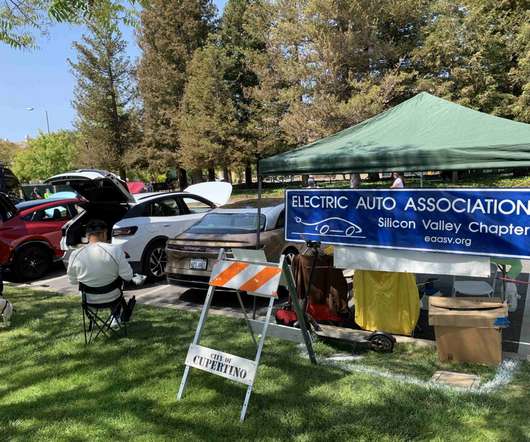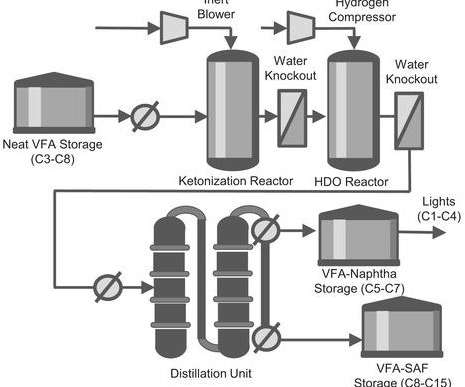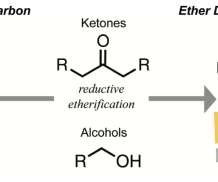UC Davis team optimizes levulinic ester self-condensation process for production of cellulosic gasoline
Green Car Congress
JULY 24, 2018
A team at UC Davis has optimized the levulinic ester self-condensation reaction and the efficient conversion of its products—which are highly branched cyclopentadienes—into a mixture of substituted cyclopentanes with high octane ratings and excellent density and flow properties. Zheng Li, Andrew L.






































Let's personalize your content